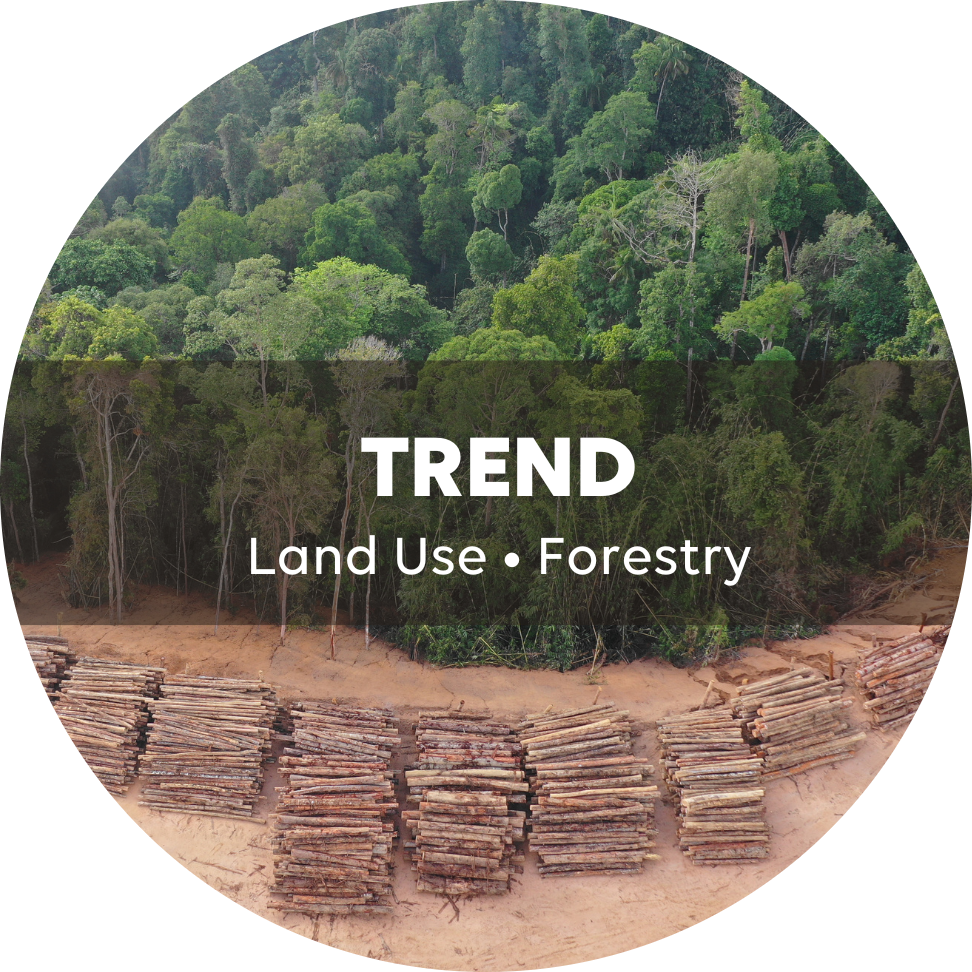Land Use • Community Forestry in Central Africa: Still a fragile sustainable forest management model
With proven benefits in terms of conservation, development and the mitigation of climate change, the link between community forestry and international commitments on climate and the fight against deforestation is attracting growing support, though its record remains mixed.

With proven benefits in terms of conservation, development and the mitigation of climate change, the link between community forestry and international commitments on climate and the fight against deforestation is attracting growing support from NGOs and international organisations. While the global area of forest managed by indigenous peoples and local communities has increased over the past two decades, the record of community forestry in Central Africa remains mixed. The reasons behind it: significant legal constraints, land grabbing and revenue capture by certain elites, but also unequal political support, all of which are undermining this sustainable management model.
- Over the past twenty or so years, the community forestry model developed in the Congo Basin has had rather incongruous results, and has not fully played the role it was initially assigned. We can therefore see a different concept taking shape, with the need to secure the rights of local communities and indigenous peoples.
- Although international aid and European agreements have enabled significant progress to be made, the political will and internal cohesion to make community forestry a model for sustainable and inclusive development is still lacking.
Significant challenges remain, which several organisations such as CIFOR, Fern and the Rainforest Foundation have attempted to address by making recommendations, such as the need to strengthen independent monitoring of forests by civil society, and the consequent need to improve forest management, access to digital technologies, the fight against corruption, and the improvement of the existing legal framework to promote the creation and use of community forests that are adapted to the needs and capacities of the communities (and which remain non-discriminatory to towards women).


